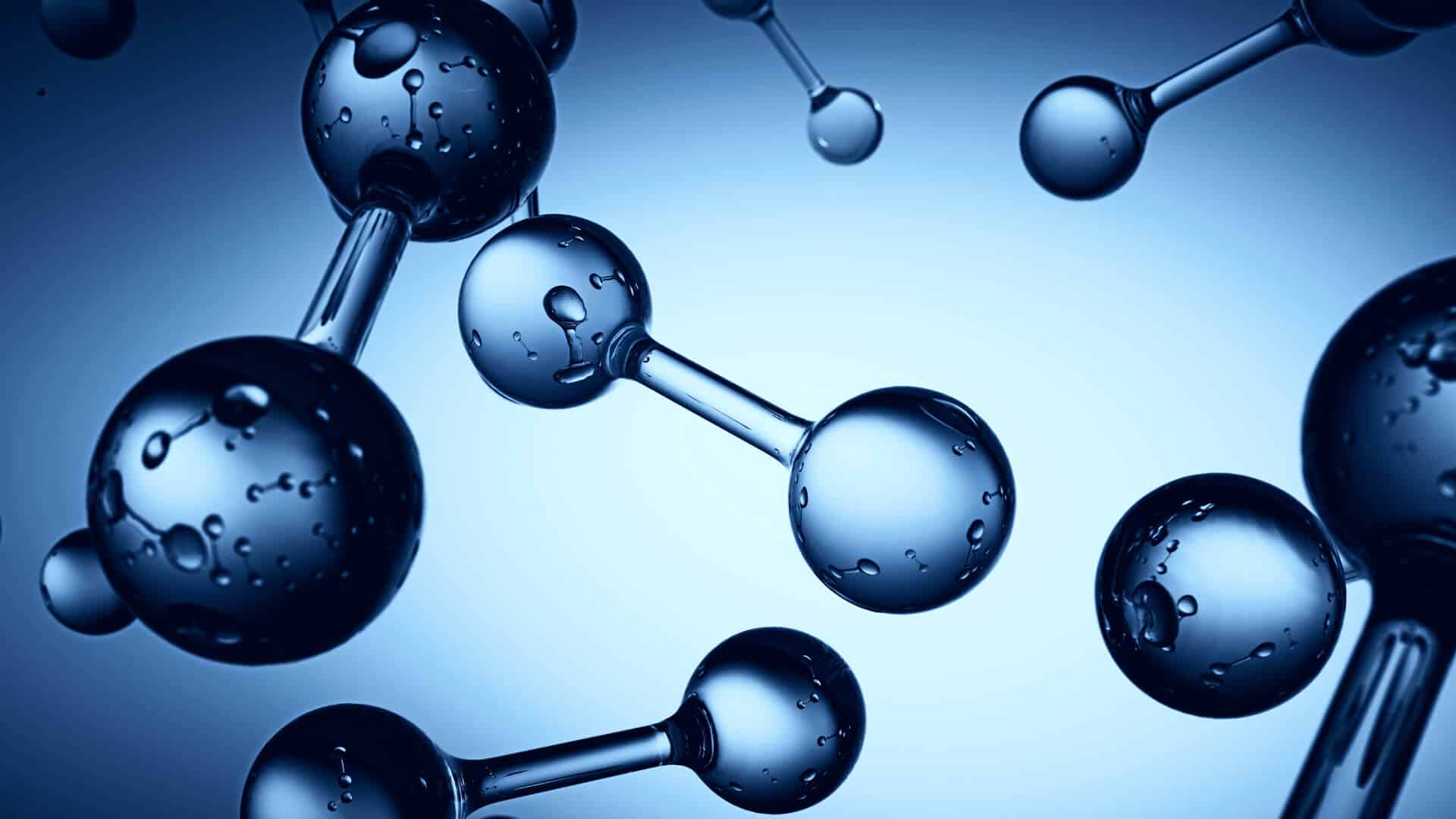In the pursuit of sustainable energy solutions, hydrogen-based technologies have emerged as promising alternatives, driving innovation and reshaping the energy landscape, often touted as the “fuel of the future”. However, with progress comes the imperative of ensuring safety and managing associated risks effectively, a challenge that Jessica Guzzetta-King and Sam Richardson of io consulting, confront in their paper, “Safety Calculations for Emerging Technologies[1]”. It offers invaluable insights into the intricacies of safety assessments in hydrogen production projects. Through a meticulous examination of safety and risk assessments, the paper underscores the importance of leveraging appropriate data sources and methodologies to mitigate risks and ensure project robustness.
The paper examines the nuances of safety calculations within the context of hydrogen-based Power-to-X projects and highlights the necessity of refining safety methodologies to accommodate the unique properties and risks associated with hydrogen. Unlike conventional fossil fuels, hydrogen exhibits distinct characteristics that demand specialised approaches to safety assessment and risk management. Through a thorough examination of current safety models and methodologies, Guzzetta-King and Richardson emphasize the limitations of using outdated frameworks for hydrogen-based technologies. This recognition highlights the necessity for a paradigm shift in safety engineering, one that prioritises adaptability and precision in addressing emergent challenges.
Insights into Safety Calculations
The authors delve into the methodologies employed in Fire and Explosion Risk Assessments (FERA) and Quantitative Risk Assessment (QRA), highlighting the utilisation of release frequencies ad ignition probabilities from the software Hydrogen Risk Assessment Models (HyRAM). This is recommended by Sandia National Laboratories[2] and is the only frequency model validated for hydrogen leaks. However, there is some concern regarding the origin of the data used as the ignition probabilities are from correlations dating back to the oil and gas assessment from the 1990s. The oil and gas approach has evolved and now derives ignition probabilities based on the type of facility and fluid characteristics.
A comparison was performed between the leak frequencies from HyRAM and from the International Association of Oil and Gas (IOGP) Process Release Frequencies. Additionally, a comparison was made between the ignition probability that HyRAM recommends and the UK Offshore Operators Association (UKOOA) correlations from the Energy Institute. The comparisons showed that even though HyRAM provided a more conservative approach for release frequencies, UKOOA ignition probabilities are higher than those for HyRAM.
Unveiling Discrepancies in Safety Recommendations
HyRAM provides an annual frequency of a hydrogen release which is calculated in terms of 0.01%, 0.1%, 1%, 10% and 100% relative to the pipe flow area. These are default values for general hydrogen-system leak frequencies developed on statistical analysis. In contrast, the IOGP database provides number of recorded incidents per year from offshore facilities in the UK from 1992 to 2015. The data are given as a function of both hole size and equipment dimension, where representative hole sizes range from 1mm to greater than 150mm. To ensure a consistent comparison, both data sets need to be in the same format, therefore assessment hole sizes were extrapolated against leak size of HyRAM data to find representative leak size percentage. From those percentages, HyRAM release frequency per hole size was extrapolated. The leak frequency total per component for HyRAM and those for IOGP release data are compared for equivalent equipment size/diameter.
The comparative analysis presented in the paper reveals disparities between HyRAM and IOGP recommendations for release frequency. Notably, that the total release frequency for the facility based on the HyRAM dataset was 200% higher than the IOGP equivalent. This higher initiating frequency could increase the fire and explosion event frequency, driving the requirement for additional safety considerations in hydrogen projects.
When comparing ignition probabilities, the values utilised in HyRAM are based on values for natural gas[3] and modifications need to be made for hydrogen. These modifications include adjusting for hydrogen’s smaller molecular weight compared to methane, reducing release rates by a factor of eight and increasing ignition probabilities by 16%. This accounts for the difference in flammability between hydrogen and methane. Basing ignition probabilities on those of natural gas is not the conventional approach anymore. Instead, newer models, like the UKOOA ignition probability model, consider factors like fluid type, facility, and release rate. To compare HyRAM and the UKOOA, adjustments made for hydrogen in HyRAM were also applied to the gas values in the UKOOA model.
The results, provided in Figure 1, showed that the hydrogen modified UKOOA ignition probabilities are higher than those for HyRAM modelling for any releases larger than 0.125kg/s. This has a potential to affect risk modelling outcomes.

Figure 1- Overall Ignition Probabilities Comparison
Beyond Safety: Paving the Way for a Secure Hydrogen Future
Consistent hydrogen data is critical to support reliable assessments and design decisions for projects, particularly given the recent surge in hydrogen-related developments and global demand growth. The authors advocate for the adoption of the most conservative values in QRA and FERA for hydrogen projects, while also emphasizing the importance of conducting comparative assessments on data sources and sensitivity analyses. This approach ensures the robustness of safety conclusions and aligns with the overarching goal of reducing risks to As Low As Reasonably Practicable (ALARP).
As society continues to embrace hydrogen as a key element of the energy transition, it is imperative that safety considerations remain at the forefront of project development and implementation. Guzzetta-King and Richardson’s paper serves as a clarion call for the standardisation of safety practices in hydrogen-based projects. It highlights the disparities between existing safety models, emphasising the necessity for continuous evaluation and refinement of methodologies to ensure safety excellence in the burgeoning hydrogen industry.
References:
-
Guzzetta-King, J. and Richardson, S. (2023). Safety Calculations for Emerging Technologies
-
Risan, A., Pappas, J., Dalheim, J., “Guidelines for Quantitative Risk Analysis of Facilities Handling Hazardous Substances”, November 2021, Vysus Group, Report No. PRJ11100262033/R1.
-
Cox, A. W., Lees, F. P., Ang, M. L., “Classification of Hazardous Locations”, ICheme, 1990.








